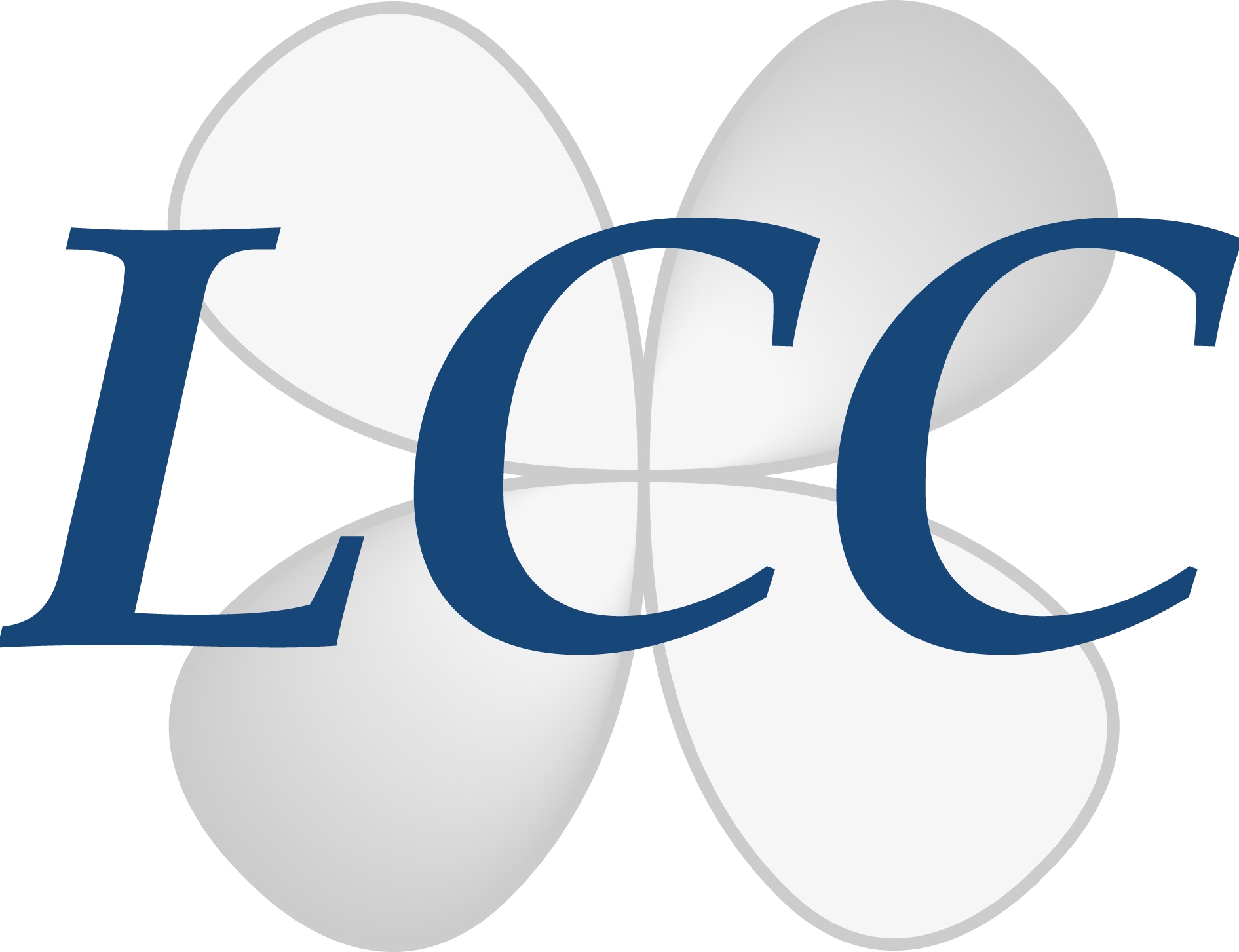Study of the reactivity of iron nanoparticles towards ammonia
CHEMISTRY & GREEN CHEMISTRY

Lab: LCC
Duration: 6 months full-time internship
Latest starting date: 31/01/2022
Localisation: LCC-CNRS – Toulouse University Paul Sabatier
205 route de Narbonne - BP44099
31077 Toulouse cedex 4 - FRANCE
http://www.lcc-toulouse.fr/
Team : Metal Nanoparticles Engineering
Supervisors:
Catherine AMIENS, Prof. catherine.amiens@lcc-toulouse.fr
Lorraine HAIM, Dr. lorraine.haim@lcc-toulouse.fr
Work package:
Permanent magnets are essential for many technological devices in our daily lives, such as wind turbines, electric car motors, and smartphones, but are mainly made of toxic and/or polluting elements (cobalts or rare earths), for which it is becoming crucial to find alternatives. Sustainable economic development constraints also require finding cheaper, more durable alternatives to rare earth magnets.1
A recent literature review shows that the Fe16N2 phase, consisting of abundant and low toxicity elements, has the required magnetic properties and would therefore be a good alternative.2 The main route to this phase starts from the synthesis of iron oxide nanoparticles which are then reduced at high temperature and nitridated by exposure to ammonia.3 To avoid the first step, which is very energy consuming, our team has developed in collaboration with Prof. M. Respaud (CEMES), a process based on the direct synthesis of iron nanoparticles, which are then exposed to ammonia.4 By this method, Fe2N, Fe3N and Fe4N phases have been obtained.
The objective of this internship is to optimise the synthesis conditions to reach the nitrogen-poor phase, Fe16N2, of interest for the development of permanent magnets. It will therefore consist of two parts:
-the synthesis of iron nanoparticles, according to the techniques of manipulation in inert atmosphere (argon/vacuum line, glove box) following a protocol already mastered in the team.
-the study of the reactivity of these nanoparticles with ammonia to control the rate of nitrogen incorporation.
The different stages of the process will be followed by the adapted analysis techniques such as: IR spectroscopy, scanning and transmission electron microscopy, ICP analysis, DRX, magnetic measurements.
References:
1. Dent PC. Rare earth elements and permanent magnets. J Appl Phys. 2012;111(7):07A721;
2. Coey JMD. Perspective and Prospects for Rare Earth Permanent Magnets. Engineering. 2020;6(2):119-131 ;
3. Bhattacharyya, S. Iron Nitride Family at Reduced Dimensions: A Review of Their Synthesis Protocols and Structural and Magnetic Properties. J. Phys. Chem. C. 2015 ;119(4):1601.
4. Haim, L. Study of the nitridation of zerovalent iron nanoparticles. PhD dissertation. Université Paul-Sabatier, Mai 2021.
Areas of expertise:
coordination chemistry, magnetism, nanosciences
Required skills for the internship:
We are looking for a motivated, dynamic candidate with a sense of teamwork and a good back ground in coordination chemistry. A previous experience in Schlenk line
and glove box use would be a plus.
